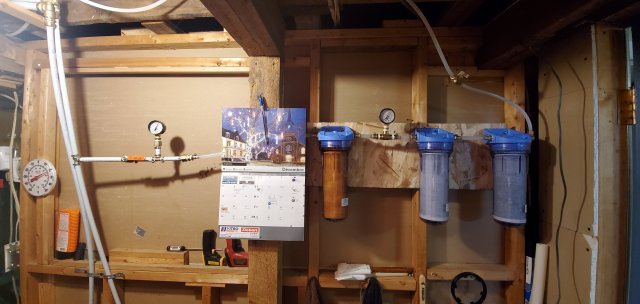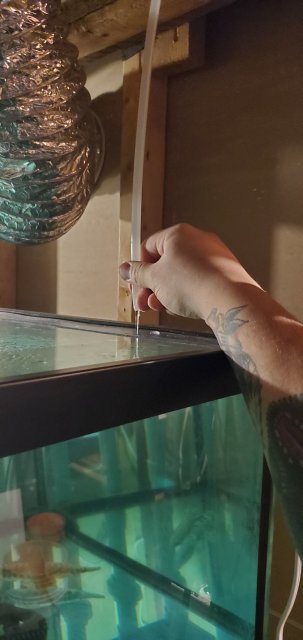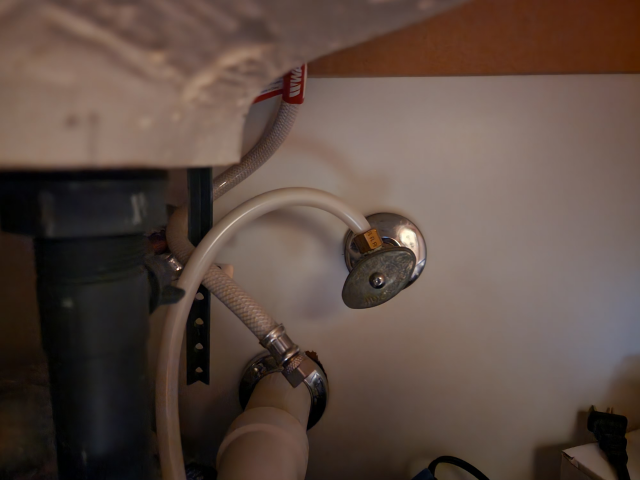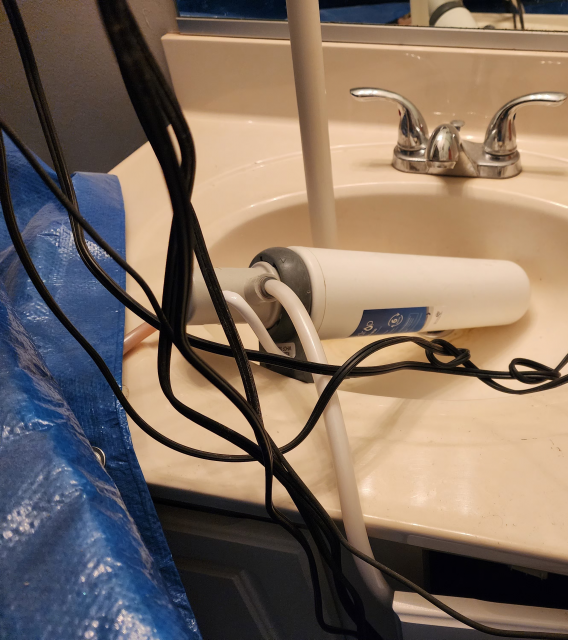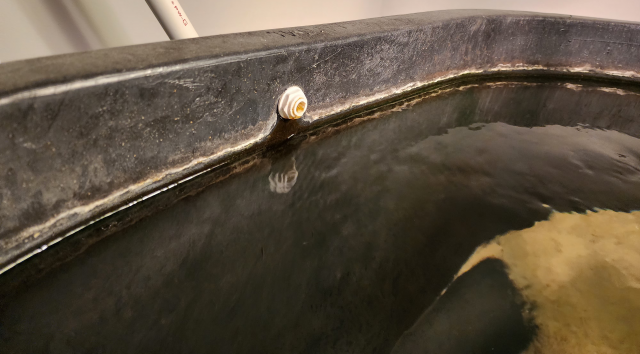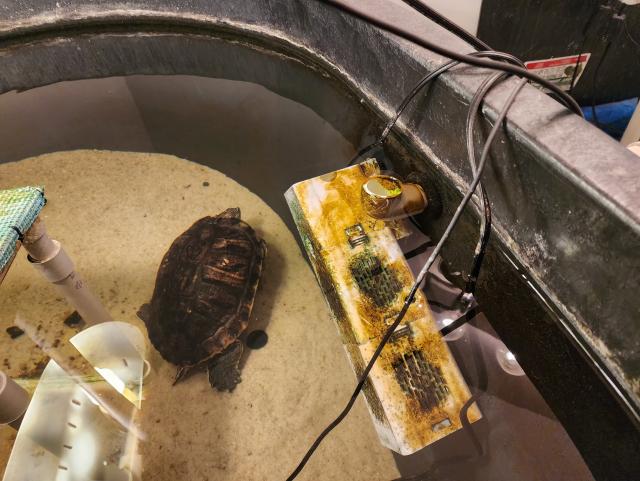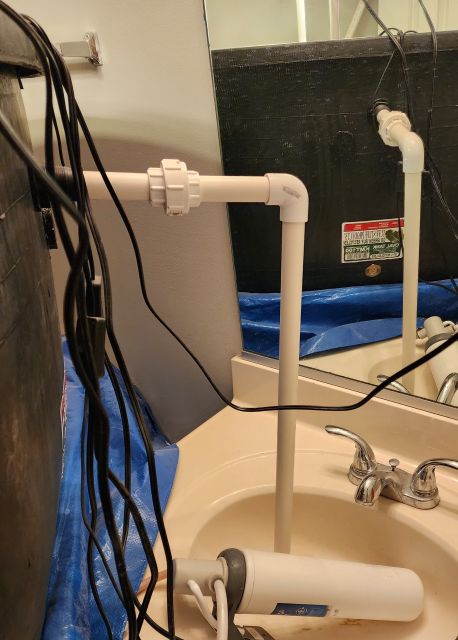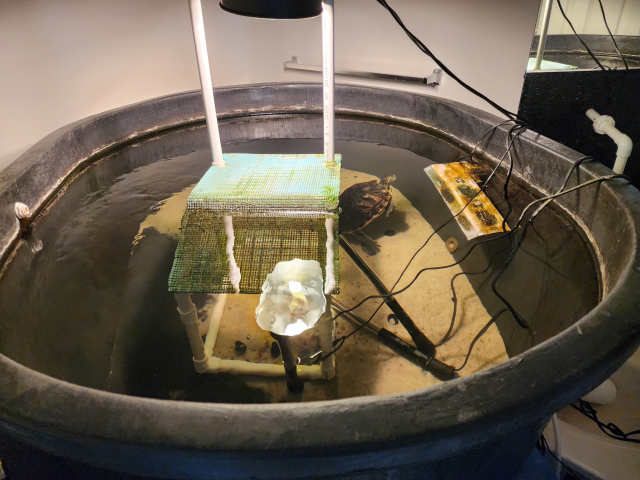Outstanding thread, lots of terrific info here. I would sell a kidney...not necessarily mine!...to be able to do a constant flow-through system like this; I had one in a previous home and it was the ultimate luxury, as well as the best possible way to maintain stability in my tank water.
I can't do it now, for a couple of reasons which I will outline here in case they apply to the OP's set-up as well. A house that is connected to a municipal sewer system is perfect for this technique, as the waste water can simply go "down the drain" without any concerns. My rural home is not connected to sewers; I have a septic system in which waste water is pumped out of a buried collection tank similar to a septic tank, and ejected into a nearby field on my own land. There is no way I would want an additional load of several hundred gallons of water every week to tax my sewage pump and the rest of the system. If a rural home is utilizing the much more common septic-tank/weeping-tile-bed system, it's even more important not to pump unnecessarily large volumes of water into it. Such a system has a finite life and is very expensive to dig up and replace once that life has expired.
So if the OP isn't on a municipal sewer line, it calls for another method of waste water disposal. In warm weather, one can use a buried line leading to a nearby field or other area that accept the drainage; easy peasy. That requires a downhill slope to utilize gravity; in a very flat area, a pump would be needed to move the water away from the house, which in turn means a large collection container equipped with a float switch to turn that pump on and off as the container fills.
I know what you're thinking: I'll just use my basement floor sump and sump pump! Well, you can...but that means that your sump pump will be cycling on and off all year round, and this becomes a problem in cold winter weather. In my area, if I tried that, the pipe leading from the house to the drainage area will freeze solid, causing blockages, interior floods and other unpleasantness. This becomes even more problematic in my case as the terrain in my area is flat as a pancake, so no downhill slopes to help carry the water away and keep the pipe empty.
The greater the water volume we are talking about, the more extreme the difficulties. I want a minimum 100% water change every week; that's 800-900 gallons per week, which is in most areas far too much to just dump on your grass or into your garden. You need a decent-sized fallow field at the least to handle that, and it needs to be a fair distance from your house. Even a much smaller volume can cause problems too close to the building...unintended skating rinks in winter, thawing into extensive swamps when spring comes.
The end of the waste water pipe needs to be screened off to prevent it use as an entry point by critters as well.
If the OP is hooked up to a sewer system, none of this is a concern. I would have a constant flow system in a heartbeat if I had that opportunity. But if not, or if others are reading and thinking about such a system, it's important to think through all the details before proceeding.



